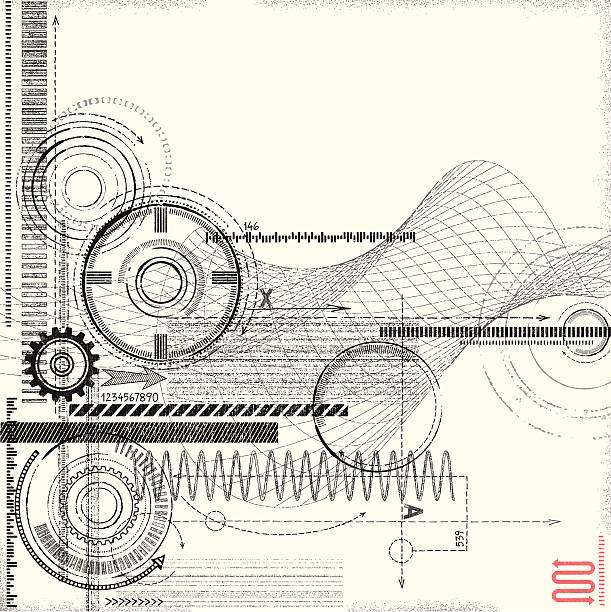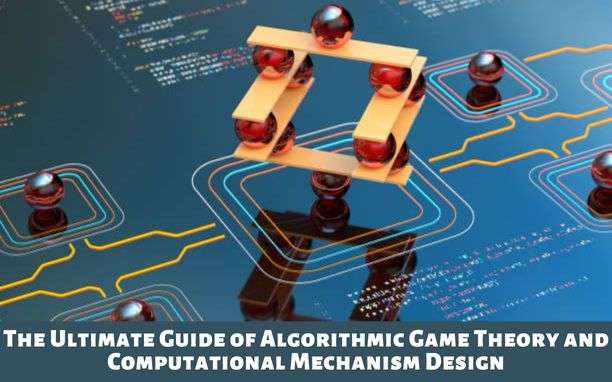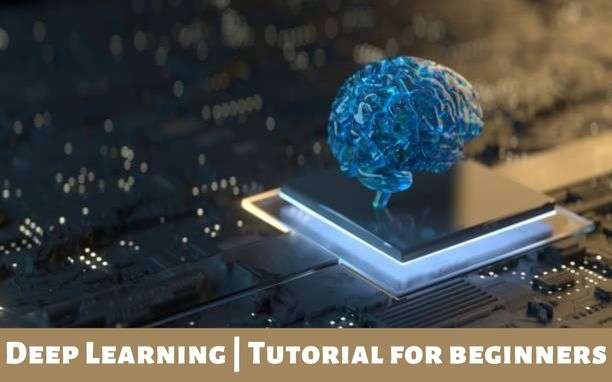Algorithmic Game theory is about strategic interactions among intelligent individuals, and mechanism design is about creating effective incentives in economic settings. Together, they’re fascinating ways to understand human behavior and the challenges of designing and building systems.
Algorithmic game theory (AGT) is a way of analyzing social interactions that use mathematical models to predict the strategies that individuals will adopt in any given situation. A simple game theory model can predict human behavior in many situations. But the surprising thing is that this same model can also explain the complex, self-organizing systems that power the World Wide Web.
What is Algorithmic Game Theory?

Algorithms are the basis for much of our digital world—everything from social media networks to search engines to online advertising to the world wide web itself. These algorithms run on computational mechanisms. The study of algorithmic game theory and computational mechanism design is a relatively new field within computer science, but it has already made some profound contributions to a wide variety of fields, including politics, economics, and warfare.
Algorithmic game theory is one of the most fascinating branches of computer science. It can be used to study games such as rock-paper-scissors, chess, and tic-tac-toe. And it has applications in engineering, economics, and psychology. Algorithmic Game Theory is a field in economics and computer science studying situations where agents interact with each other based on some shared objective.
Approaches to Algorithmic Game Theory
Algorithmic Game Theory refers to game theory in which the game is played by computers instead of humans. The term was coined in 1997 by John Nash and Robert Aumann in the context of computer games. There are two main approaches to algorithmic game theory.
- One is to design algorithms that are programmed to play particular games.
- The second is to modify existing algorithms to play new games.
Examples of Algorithmic Game Theory
The first is the prisoner’s dilemma, the second is the ultimatum game. These two games are examples of game theory and describe two ways of thinking about how people behave. They explain what happens in situations where there is no incentive to cooperate, but where it pays to cooperate to prevent others from cheating. Both the prisoner’s dilemma and the ultimatum game illustrate some of the principles of game theory.
What is Computational Mechanism Design?

A computational mechanism is an algorithm that is used to solve some specific problem. Computational mechanism design (CMD) is the act of designing algorithms that solve problems, specifically in the context of the Internet of Things (IoT).
IoT is a system of devices that interact and communicate with each other using the internet. CMD works by analyzing and understanding the behavior of these devices to create mechanisms that are capable of solving any particular problem that those devices may encounter. In order for a solution to be viable, there must be a clear problem, a good solution, and a market for the solution.
Computational mechanism design (CMxD) is the art and science of creating computer-based mechanisms that can solve complex problems, such as routing phone calls through a network. CMxD is a field of research that has been around since the 1970s but has only recently become mainstream because of the rapid growth of smartphones and the Internet.
How Does a Computational Mechanism Design Build?
There are several components that need to come together to build a computational mechanism design:
1) An initial design problem.
2) A mathematical description of the solution.
3) The implementation details of building the mechanism.
4) A mechanism design specification.
5) A mechanism specification language (MPL).
6) A formal verification tool.
7) A proof of concept demonstration.
8) A mechanism specification interpreter.
9) A mechanism description language (MDL).
10) A mechanism interpreter.
11) A set of mechanisms and how they interact.
12) Mechanism evaluation results.
It’s all about creating an environment for an automated design process, whether it’s on your screen or in the world around you. The first thing is to understand the context. In other words, understand the business problem you’re trying to solve. Next, think about what it would take to solve this problem in the real world. Finally, translate that solution into a computationally efficient algorithm and test the hell out of it.
Rules of Computational Mechanism Design

Computational mechanisms are basically the rules that tell a computer how to execute a task. They are used to automate processes and tasks. Computational mechanism design (CMD) is the process of determining which computational mechanism to use. This is done through systematic analysis and comparison of all available options, identifying which ones are most likely to achieve the desired result.
Why Are Algorithmic Game Theory and Computational Mechanism Design Related?

Game theory (GT) is the study of how people can make decisions that maximize their outcomes. Algorithmic game theory (AGT) is a branch of GT focused on how algorithms can be used to help people decide what to do or what strategy to adopt. Mechanism design (MD) is a subfield of AGT that focuses on designing mechanisms that implement desired outcomes. The goals of MD are to create mechanisms that are simple, predictable, and fair.
The key difference between game theory and computational mechanism design is that the former deals with human interactions. But the two are related because of the shared focus on studying the ways people interact with each other. So, in short, if we understand human behavior, we can better understand how a computer will behave, and vice versa.
Designing an algorithm is much easier than designing a mechanism, and even more complex than designing a structure. This is because a mechanism needs to function under various constraints and conditions. It needs to work efficiently even in situations that no one expects. Mechanisms are used in all kinds of contexts—including business, politics, finance, medicine, and more. They are very useful for problem-solving and making decisions.
How Computational Mechanism Design is Used?
The game-theoretic techniques we use in algorithmic game theory are also used in computational mechanism design or CMD. Both algorithms rely on the same basic logic: you need to choose a strategy and hope it wins. However, the game theory looks at strategies differently than CMD. Game theorists model the game with its rules (payoff matrix), probabilities (in-game probability distribution), and payoffs (outcome distribution). CMD only considers the payoffs.
To build an efficient and effective algorithm, computational mechanism design relies on the notion of the equilibrium state, or an optimal state, that a market will reach over time. Computational mechanism design is used to build markets that reach such an equilibrium state. There are several advantages to using computational mechanism design to build an efficient and effective algorithm, including the ability to make markets that will reach the equilibrium state faster and cheaper.
Applications of Computational Mechanism Design
Mechanism design, also known as computational mechanism design, is a set of methodologies used to define the structure of a complex system and provide guarantees regarding its behavior. It can be applied to both digital and analog systems. In digital systems, the output of a machine is simply a function of its input and a set of parameters, and in analog systems, it’s the output that varies in accordance with the input.
“Designers use computational mechanism design techniques to figure out which aspects of a product are most important and which ones are irrelevant,” says David Sirlin. One example is creating a better user interface (UI) and a better user experience (UX). Another example is determining which aspects of a business model make the most difference for success.
As computational mechanism design (CMDesign) is becoming more mainstream within the marketing and technology industry, it is becoming clear that CMDesign is a powerful tool that will continue to play a key role in digital marketing in years to come. CMDesign is an interdisciplinary field of study that aims to integrate ideas from computer science and biology and apply those concepts to solve complex human problems such as healthcare, finance, education, and social welfare.
Game Theory Applied to Real-World Problems
Game theory is the study of strategic interactions. When applied to the real world, the game theory looks at how individuals within a society make decisions in order to maximize their own success and minimize their own risk. The word “game” in game theory refers to a situation in which the participants are making decisions and there are consequences for their choices.
Game theory provides insight into why people behave in certain ways. A very famous game-theoretic concept is the prisoner’s dilemma. This concept states that there is an inherent conflict between two individuals’ interests. The individual in the scenario believes he or she can only benefit by cooperating. Still, that cooperation will not benefit the other individual who has the choice to cooperate or not. In a prisoner’s dilemma situation, a rational person would not choose to cooperate. Game theory helps us understand why people choose not to cooperate.








Pingback: Quantum Computing - A Quick Guide | RR IT Zone